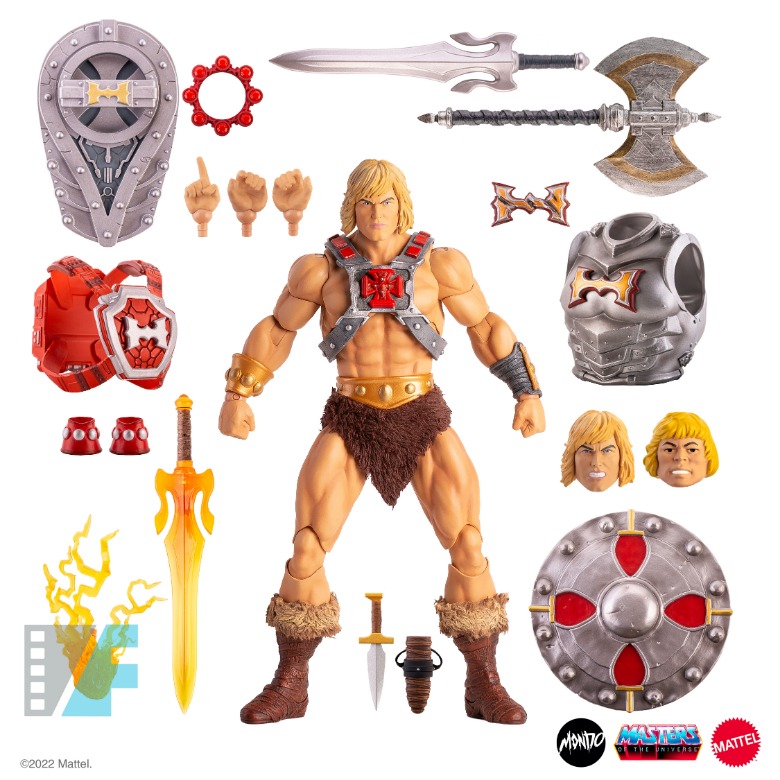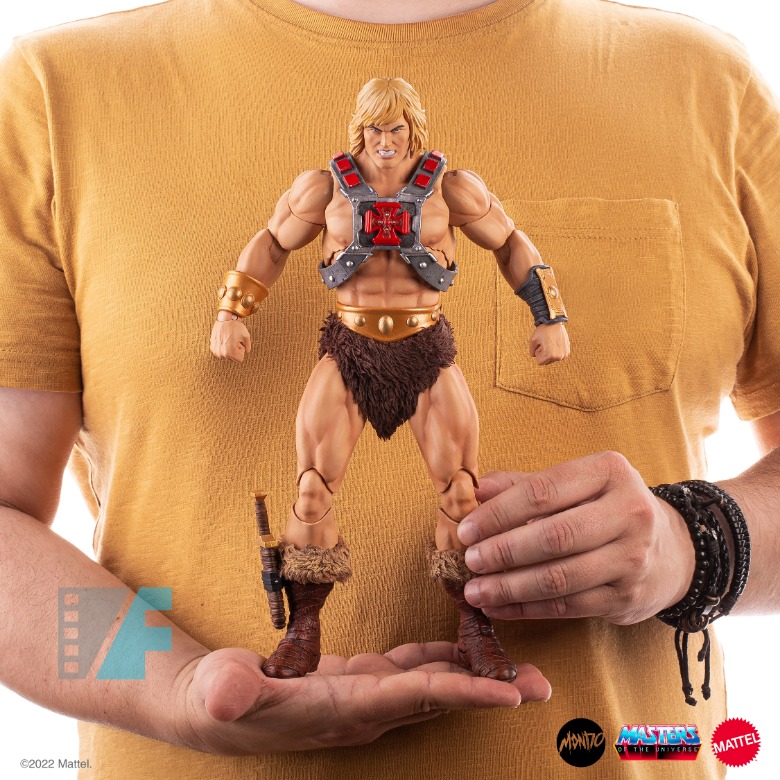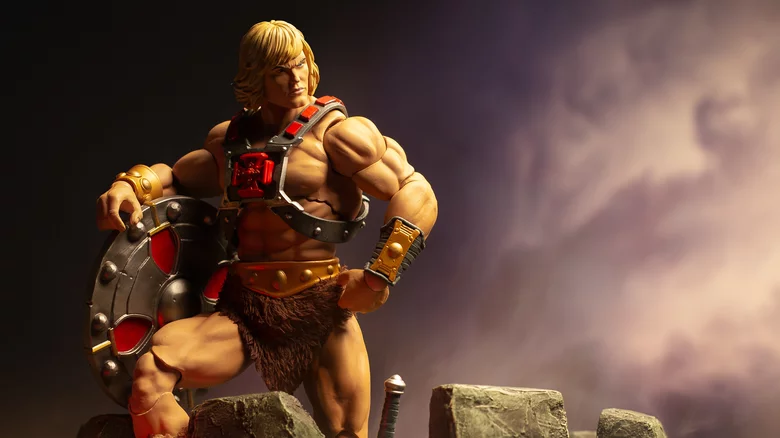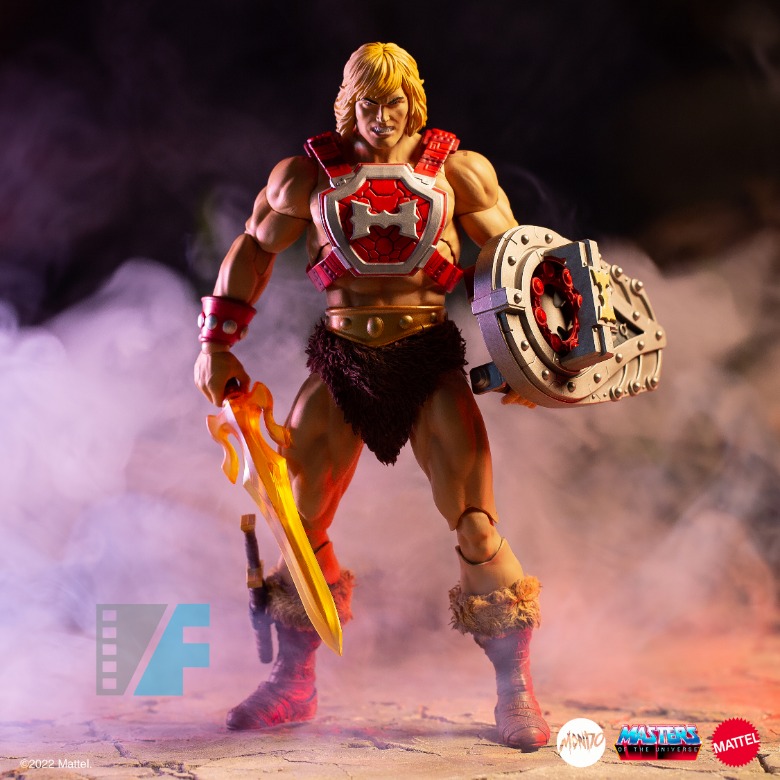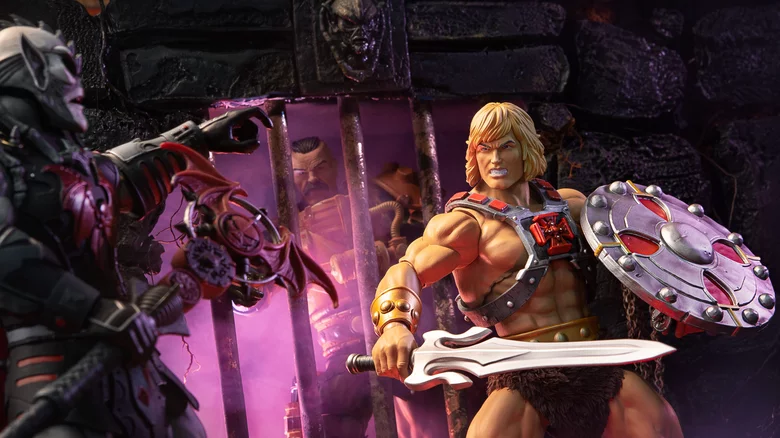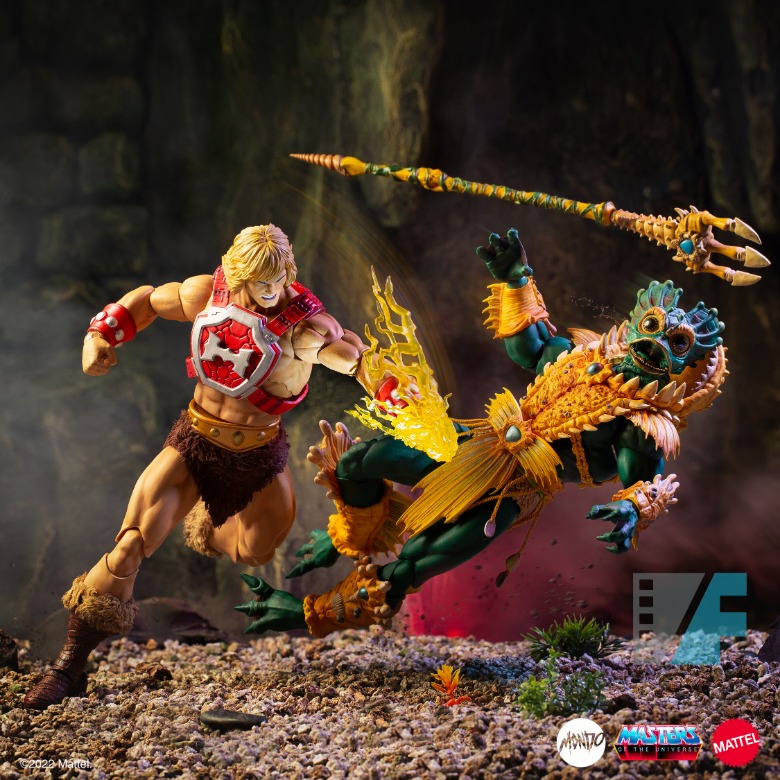After “Barbie,” Mattel Is Raiding Its Entire Toyboxhttps://www.newyorker.com/magazine/2023 ... re-toy-boxFranchise movies are now often described as acts of “world-building.” The ever-expanding Barbie universe anticipated this trend: each new play set and outfit offered a new narrative for children who owned the doll, and also further inscribed the brand’s pink-plastic aesthetic. Mattel’s use of this strategy deepened in the eighties, in response to a setback. A rival, Kenner, was having runaway success with “Star Wars” action figures, and Mattel scrambled to launch a science-fantasy saga of its own. Play-testing had revealed that young boys fixated on the notion of “power,” and that a muscle-bound hero was more appealing than the slighter action figures of the era. This intelligence yielded He-Man and the Masters of the Universe. When a retailer pointed out that kids would have no idea who these characters were—even then, pre-awareness was a consideration—Mattel hastily produced comic books that explained their backstories. The lore was incoherent—akin to “Conan the Barbarian” on another planet—but kids bought it.
The toys were a hit, as was a syndicated cartoon series. Mattel responded by rushing new characters to market, but supply soon outstripped demand, and in 1987 a live-action adaptation, starring Dolph Lundgren, flopped. (One review: “The first film to be based on a line of toys, this might not be the last, but it’d take something awful to replace it as the worst.”) Kids moved on. But Masters of the Universe had been, briefly, a billion-dollar business.
Adam and Aaron Nee, the directors of the recent Sandra Bullock rom-com “The Lost City,” were among the children enraptured by He-Man. The brothers, who used to borrow a neighbor’s camera and shoot short films with their action figures, are now poised to start production on a new Masters of the Universe movie. The film is Mattel’s most anticipated project after “Barbie,” and Aaron told me that he and Adam had had “many, many meetings” with the company’s designers and executives. “Other branded I.P. can be very rigid, dogmatic, and inflexible,” he said; the toymakers, by contrast, had been genuinely collaborative. (It was an advantage, perhaps, that there weren’t too many fanboys who regarded old He-Man story lines as sacrosanct.) Adam added, “Part of the attraction is that it’s not like we’re making, you know, the tenth of the series. It feels like ours.” For many early-career directors, this has become a best-case scenario. If Mattel execs had a habit of flagging figures that might be squeezed into the plot, the Nees didn’t mind. “One of our big goals—the same as Mattel’s—is to be building a huge, world-building franchise,” Adam said.
When Kreiz became C.E.O., Masters of the Universe had lain dormant for more than a decade, and reviving it had been among his top priorities. “It’s as big as Marvel and DC,” he told me, citing an official encyclopedia of He-Man lore, which, he believes, contains seeds for sequel after sequel. “It’s hundreds of pages of characters and sorcerers and vehicles and weaponry—you name it. And then you flip through the pages, and here’s a movie, and here’s a movie, and here’s a TV show. . . . It’s endless!”



